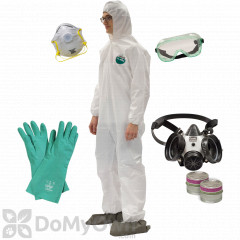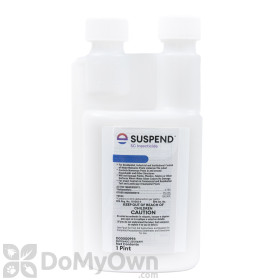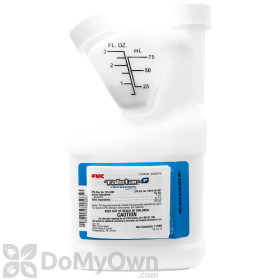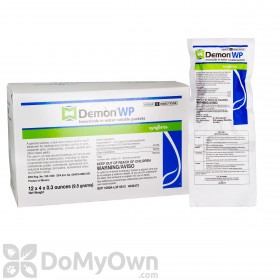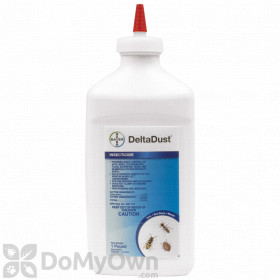Crickets vs. Grasshoppers - Which one have you seen around your home?
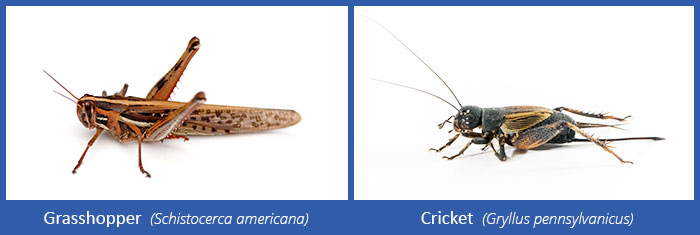
People often get crickets and grasshoppers mixed up, since they are both impressive jumpers. But when you consider their behavior and feeding habits, they're really not much alike. Crickets are often a indoor pest that can annoy with their chirping sounds, and grasshoppers are a lawn and garden pest that can cause significant damage.
Here's a quick look at the similarities and differences between grasshoppers and crickets, plus recommendations for how to get rid of them yourself.
Cricket And Grasshopper Similarities
- Grasshoppers and crickets, along with katydids, are in the same animal family.
- Both of these insects--crickets and grasshoppers--have very large back legs that allow them to jump very far or very high.
Cricket and Grasshopper Differences
- The main difference between these insects from a pest control standpoint is that crickets are generally not pests, but grasshoppers are, and can become a huge problem when populations spike.
- Crickets and grass hoppers both have strong legs, but look different in several important ways. Crickets are smaller than grasshoppers, and have long antennae that are almost as long as their bodies. The most common cricket--which many people associate with their familiar chirping noise--is the field cricket, which is black and shiny. Grasshoppers can be a range of colors, from bright green to dusty gray, and can be about an inch to two inches long, depending on the species.
- Crickets feed mostly on dead or dying insects, but can become a noisy nuisance when they are most active at night and their chirps are easiest to hear. If they do find their way inside your home, crickets are likely to find their way back out, or to die in hiding. They do not cause damage inside a home.
- Grasshoppers, on the other hand, can become huge pests when populations explode. Each state will have different species of problem grasshoppers. Some varieties of grasshopper will focus on one or two types of plants for food. If you grow vegetables, keep an eye out--grasshoppers like lettuce, carrots, beans, sweet corn, and onions. However, when populations are high, they will feed on almost anything.
Recommended Treatments
To recap, if you see some crickets, they will often move on before long, but chemical treatments including wettable powders and dusts are available if the annoyance is ongoing. Many products are labeled to kill crickets, and you can find them on our cricket control page.
If you seem to have a large amount of grasshoppers around your property, you might want to take control steps. Since grasshoppers are highly mobile, chemical control is the easiest way to keep grasshopper populations in check and to minimize grasshopper damage in your lawn and garden. Products with the active ingredients bifenthrin, cyfluthrin, permethrin, deltamethrin, or carbaryl are good choices for treating and preventing grasshoppers. Check out our grasshopper control page for recommended grasshopper control products.


